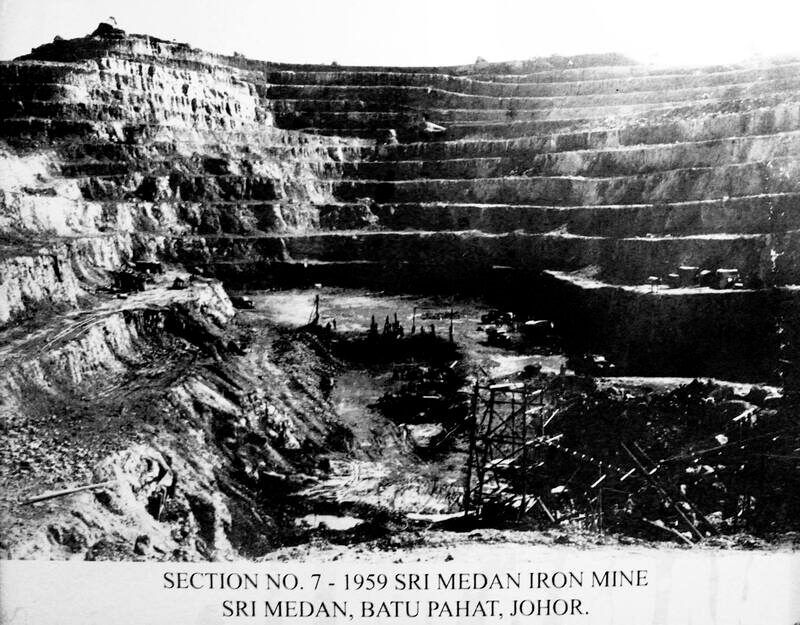日南製鐵 Rinnan Steel Mill – From Silver to Steel
’From Silver to Steel‘ examines the complex history of iron ore mining in British Malaya and its entanglements with Imperial Japan in the early 20th century, that was largely driven by economics consideration. Beginning in 1921, Malaya supplied Japan’s Imperial Steel Works with iron through 11 iron ore mines located throughout the peninsula. This raw material was crucial for producing steel items that fuelled Japan’s rapid industrialisation and modernisation. Yet, the same steel that originated from Malaya ironically ended up returning there in the form of an invader’s weapon – the shin guntō (新軍刀, or new military sword) – during World War II.
The installation features 11 shin guntō replicas that have been altered: each sword hilt has been replaced by a stack of replicated Straits Settlement coins, and each tsuba (or guard) has been substituted with iron steel plates meticulously shaped to mimic the 11 Japanese-owned Malayan mines’ geography. Finally, they are installed based on their geographical relation to one another, forming the Malay Peninsula.
By subverting the image of the military sword wielded by the Japanese during the war, the work reflects on the exploitation and weaponisation of this raw material, providing an opportunity for lesser-known histories to be newly considered.
Media: Japanese shin guntō steel blade, silver-plating, brass, steel, tassel
Dimension: 300 x 150 x 150 cm
Commissioned by: Singapore Art Museum
Text by: Teng Yen Hui





Image of Sri Medan Iron Ore Mine, Bahtu Pahat, Johor in 1959.
It was the very first Japanese-owned iron ore mine established in British Malaya, in the year 1921.
Email: antchin69@hotmail.com | IG: anthonychin.art